This month audiences can screen Sanctuaries of Silence on the Planet Classroom Network YouTube Channel. The VR/360 film takes viewers on an immersive journey with acoustic ecologist Gordon Hempton into the Hoh Rain Forest in Washington State. Hempton narrates his work of 35 years capturing the sounds of the forest considered one of the most ecologically diverse environments and also considered one of the quietest places in North America. Hempton believes this quiet forest is being impacted by noise pollution and is at risk of becoming extinct.
Sanctuaries of Silence is co-produced and co-directed by Emmanuel Vaughan-Lee.
The Global Search for Education is pleased to welcome back Emmanuel Vaughan-Lee
Emmanuel, what did you learn about the benefits of silence while making this film? What surprised you most in your journey?
The benefits of silence were apparent from being able to spend time with somebody who had devoted 35 years of his life to recording and talking about silence, not as the absence of noise, but as the absence of noise generated by humans in modern life, which can so easily permeate and fill our spaces. In this film, you’re inside Gordon Hempton’s experience, listening to and experiencing the world as he does through a very sensitive microphone that captures all the sounds that permeate the Hoh Rainforest as well as the sounds of the modern environment and city landscapes, which stand in stark contrast to the silence in the Hoh. Being in his head allowed me to understand how purifying and powerful the silence that fills the natural world is; it’s like a wash of sound that relaxes and permeates your very being versus the sounds of modern life, which can often be jarring. So those benefits were just very obvious when we were there with Gordon and hearing him talk about it and experiencing silence through those philosophical contexts.
I guess what surprised me most in the journey was that we are so much louder as human beings than we realize we are. When you’re in a quiet space like the Hoh Rainforest and all of a sudden it’s punctuated by the sound of an airplane going over head, even if it’s many thousands of feet above the forest, it is so loud and you realize that we pollute our landscape with sound just as much as we pollute our landscape with other forms of pollution. When we left the Hoh, it was like everything felt 10 times louder than it had before. Ever since making the film, and being there with Gordon, my relationship to sound has shifted and I find myself much more sensitive to the sounds of modern life and craving the sounds of the living world more and more.
Do you believe noise pollution is at the point of becoming a global crisis affecting not only humans, but also our natural environment?
I think that noise pollution has become a crisis that is affecting not only humans but also the natural environment. I think we need to not only consider how as humans the noise affects us but also think about how noise affects the creatures who live in and share our world. A bird trying to communicate to other birds now has to deal with all these new modern sounds which didn’t exist for the majority of this bird’s evolutionary journey. All of a sudden, it’s competing with all sorts of other sounds which are affecting it. So that is a very dangerous “side effect” of the noise pollution that we expose our natural environments to. It is affecting everybody, humans and non-humans alike. With the coronavirus there were many stories of suddenly hearing birdsong in city landscapes where there was no sound of birdsong before. They were there, you just couldn’t hear them. So what is it like for a creature who can’t be heard? What are the implications of that? It’s more of a philosophical question but I think one we should consider.
Young generations have grown up with the internet and are used to consistent stimulation. Life in modern communities comes with more connectivity than ever before and more “noise”. What harm do you believe this is creating for younger generations? Do you support more awareness for the importance of “silence”? How do you think this should be done?
I think so many people have grown up in response to the question you are asking about the internet and how it creates so much noise, from the connectivity we have being on our smartphones, to always having pings and sounds and buzzes and constantly being plugged in there. I think the problem is that it conditions us to always be actively engaging with a human presence and a technological presence, rather than learning how to engage and be present with the non-human presence that surrounds us and to be aware of our impact on that non-human space. That’s something that we did for the majority of our human evolution as we were more aware and connected to the space around us because we didn’t have as many of the distractions and noises that are now so pervasive in our lives. In the same way that we need to teach awareness about how we as humans have a negative environmental impact, we also need to teach young people about the impact that our presence has on the natural world in the form of noise pollution. We need to teach them to be aware of the impact of the noise they make so they can learn to value silence and what that can bring them as a place of connection, relationship, and renewal, and as a real opportunity to be in a space of connection and reverence with the living world.
What do you hope the audience will take away from your film? What are the follow up conversations you would like to see happen?
The takeaway that we have for this experience is to learn to connect to and appreciate silence as well as all of the amazing myriad sounds that fill the living world around us, whether we’re in city landscapes or in quiet rural, natural spaces like the Hoh. Even in a noisy city there is the presence of the non-human world if you really listen, and that is something very important to be aware of. It is not just in wild remote places that we can hear these sounds, they are always present all around us. Being attentive to what is around us is a key take away. We hope that you want to get away from your digital device and go outside and sit and be attentive to what happens when you allow yourself to connect to the silence that is all around you. We actually have a practice that we developed, which is available online, all about listening for silence. It gives simple steps to begin to allow you to connect and be in relationship with the living world around you and the amazing sounds that make up its landscape, just through the simple practice of listening.
Thank you Emmanuel!
C.M. Rubin and Emmanuel Vaughan Lee
This month audiences can screen Sanctuaries of Silence on the Planet Classroom Network YouTube Channel.

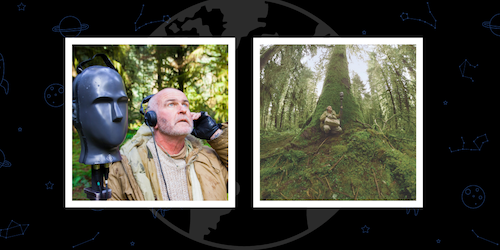
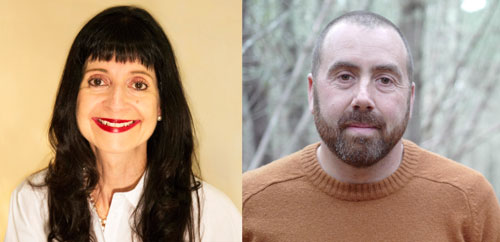
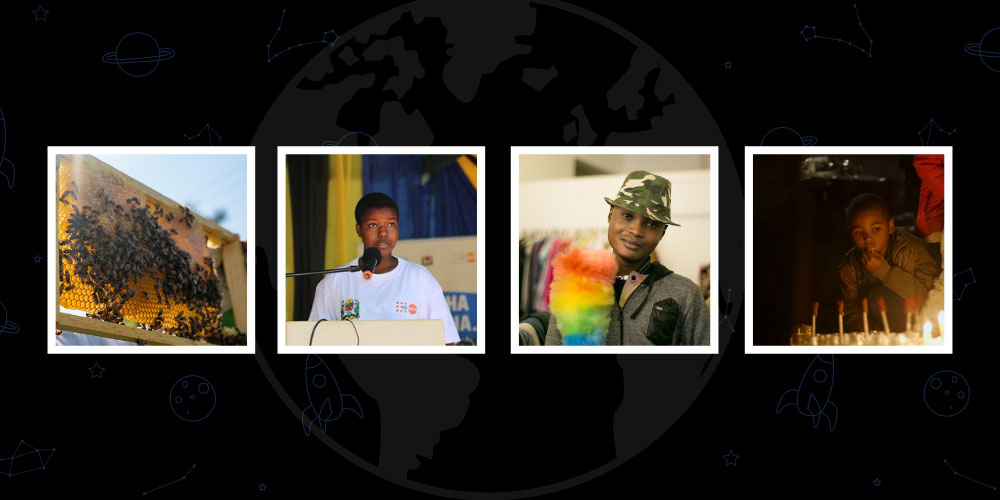
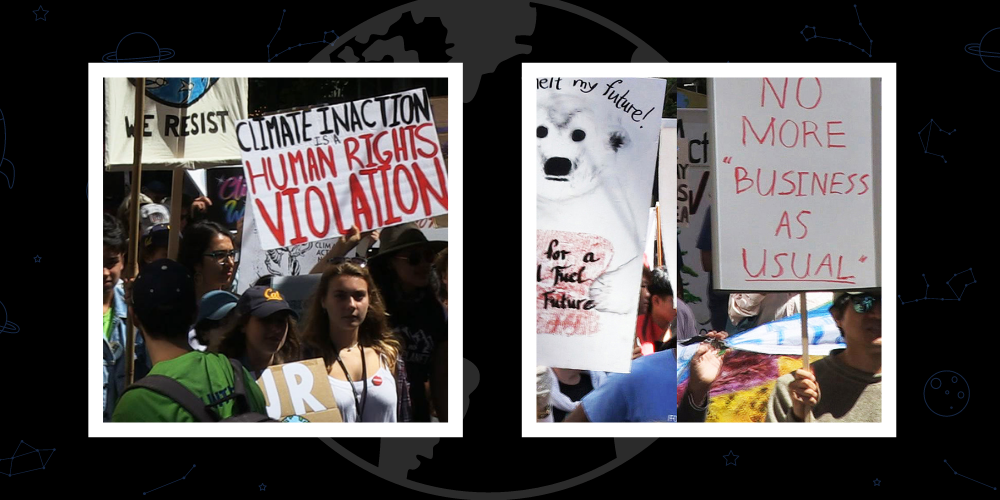
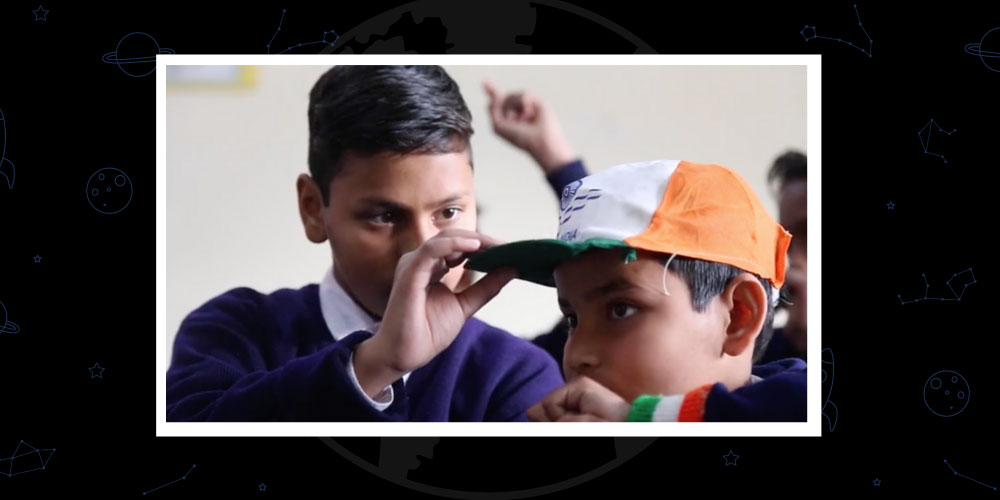
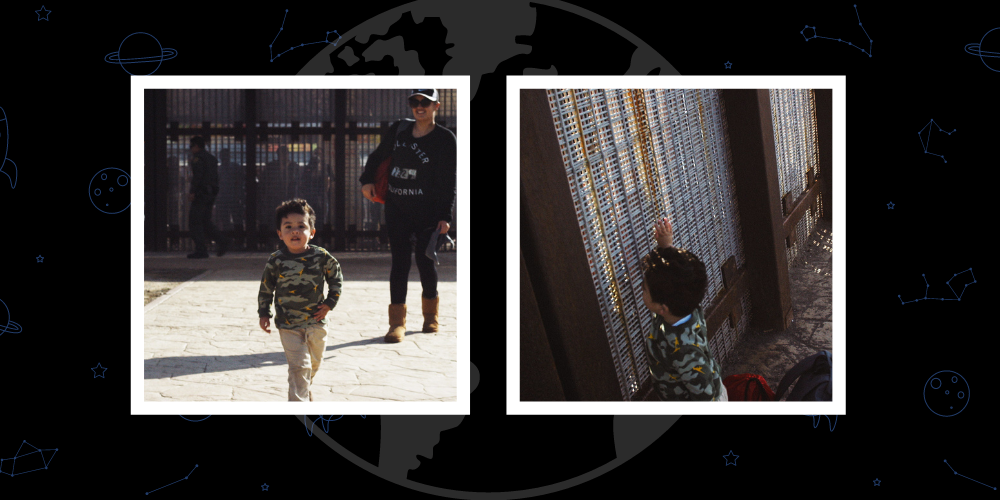
Recent Comments